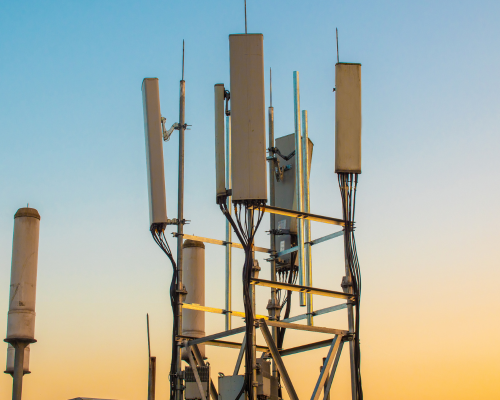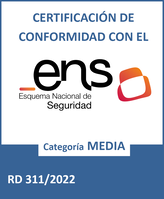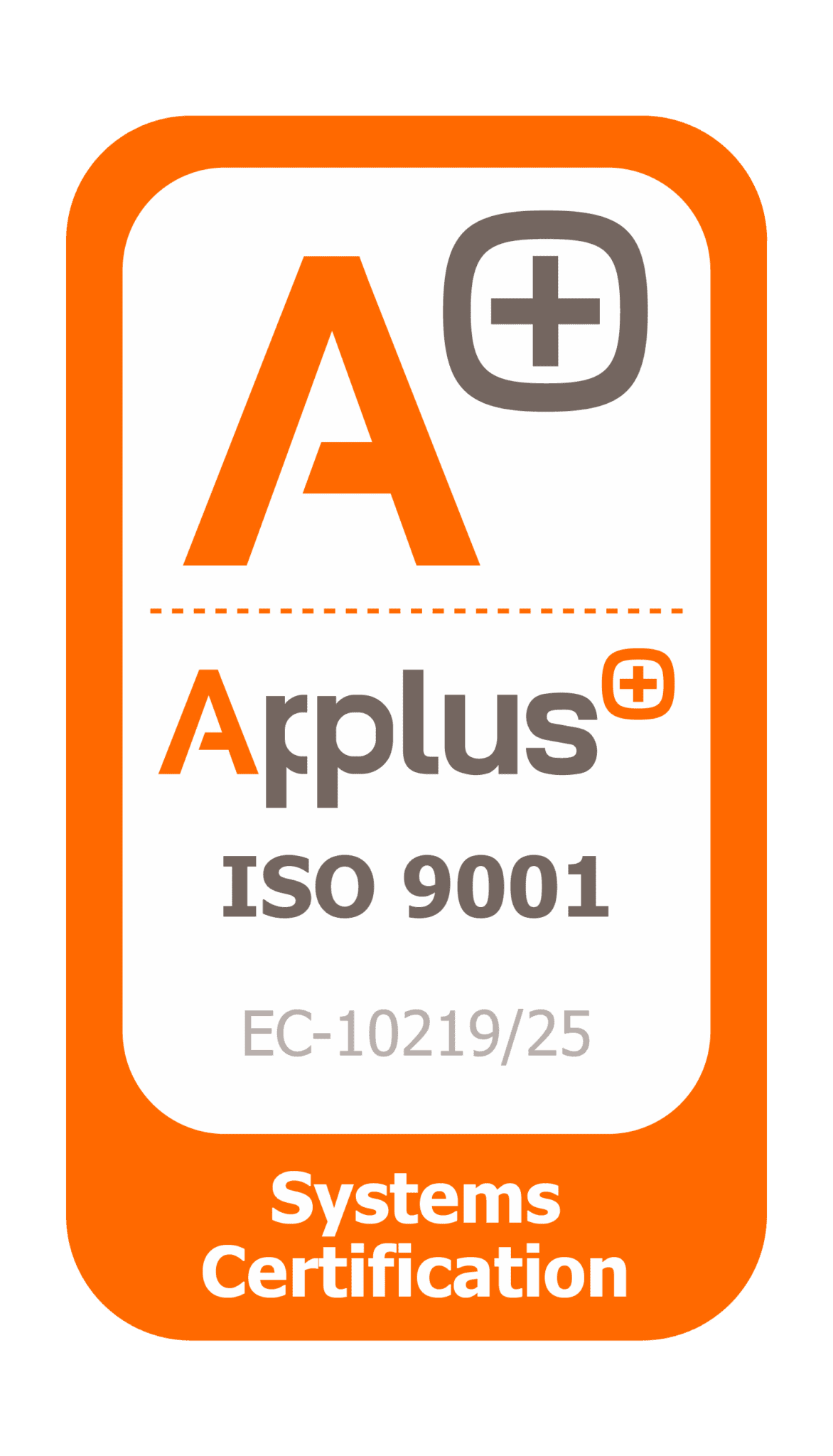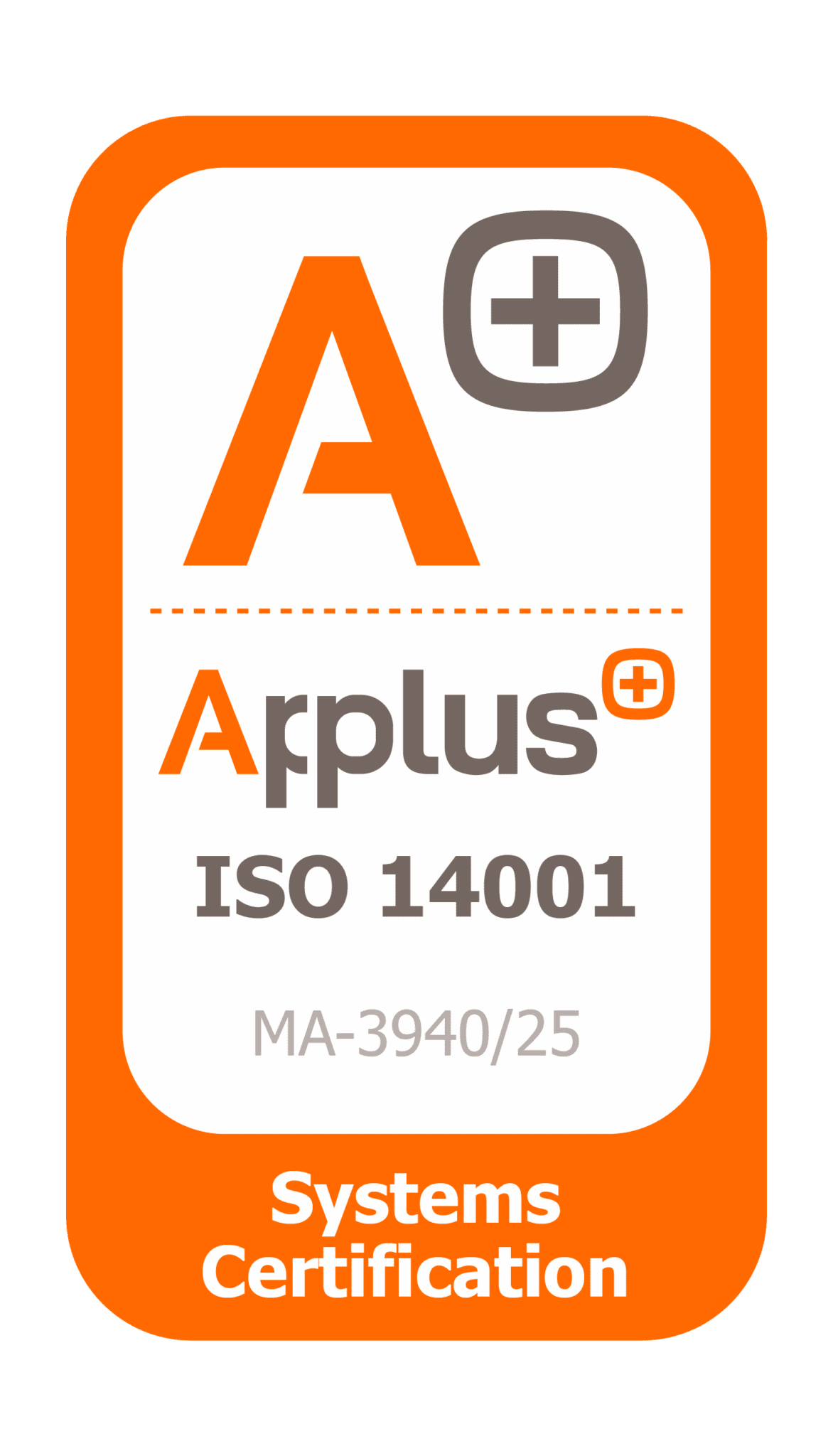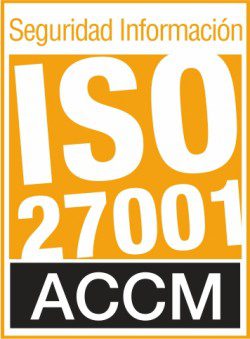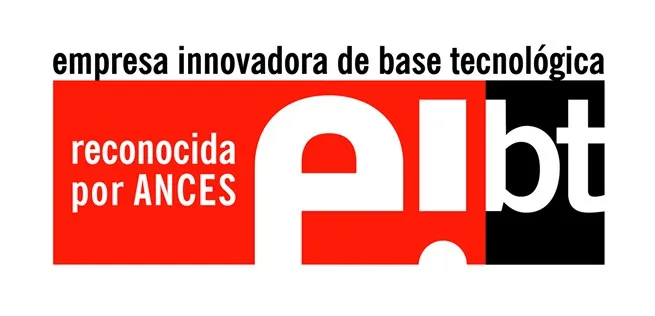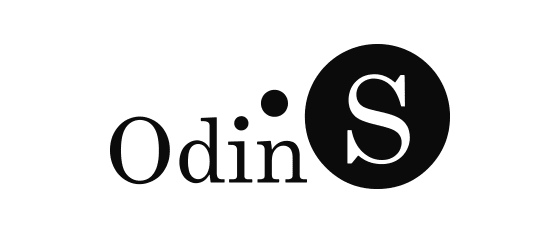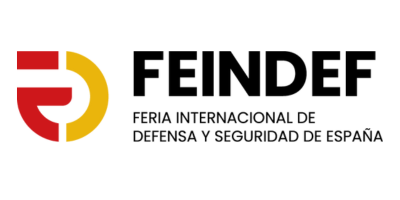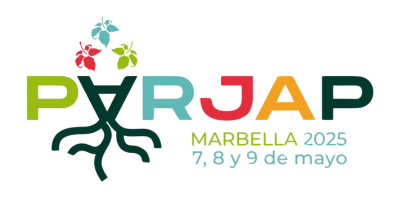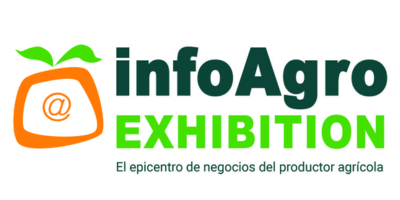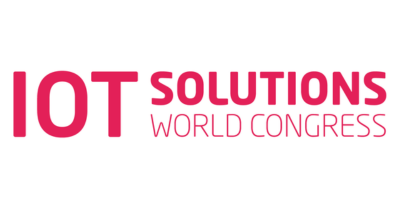In the world of the Internet of Things ( IoT )Connectivity is key to ensuring the performance and efficiency of connected devices. There are several technological options for data transmission, including: LoRaWAN , NB- IoT and 5GEach has advantages and disadvantages, so choosing the best technology will depend on the specific needs of each application.
What is LoRaWAN, NB-IoT, and 5G?
Before entering into the comparison, it is important to understand each of these technologies:
- LoRaWAN ( Long Range Wide Area Network )Designed for low-power, long-range applications. Ideal for IoT sensors in rural or urban areas with broad coverage. It works by transmitting data over low-frequency radio waves, enabling long-range communication with minimal power consumption. Devices send small data packets to gateways, which then transmit them to the cloud for processing.
- NB-IoT (Narrowband IoT): Uses cellular network infrastructure for IoT device communication. By operating in narrow frequency bands, it optimizes spectrum use and improves coverage in indoor and dense urban environments. Devices connect directly to the mobile operator’s network, enabling efficient, long-range communication without the need for additional gateways.
- 5G : Offers ultra-fast speeds and low latency, but its energy consumption and costs are high. It works by using high-frequency radio waves to deliver ultra-fast speeds and low latency. Unlike LoRaWAN and NB-IoT, which are optimized for sending small data packets, 5G enables the transmission of large volumes of information in real time.
Comparison of LoRaWAN, NB-IoT and 5G
Feature | LoRaWAN | NB-IoT | 5G |
|---|---|---|---|
Coverage and redundancy | Great coverage with few nodes, ideal for large rural and urban areas. | Improves indoor coverage, ideal for high-density areas. | High speed and low latency, developing commercial coverage, especially in rural areas. |
Energy consumption | Very low, ideal for battery-powered devices. | Efficient, but better than LoRaWAN. Better than traditional cellular networks. | High consumption due to high data transmission capacity and poor optimization for IoT. |
Privacy and autonomy | High privacy and data control by operating on proprietary infrastructure. | Dependence on mobile operators, less technological independence. | Private network option, but predominantly operated by large operators. |
Cost of implementation | Low, requires minimal infrastructure. | High, it depends on the infrastructure and spectrum licenses. | High or very high, requires significant investment in infrastructure. |
Scalability | High, suitable for a wide range of devices and applications. | Moderate, suitable for some applications in dense areas. | Tall and capable of supporting many devices. |
Bandwidth | Very limited, designed for sensors and devices that send little data per hour. | Limited, designed for sensors and devices that send data in a very contained manner. | High, designed for high bandwidth and general use cases of connecting devices to the internet. |
Comparison table prepared by OdinS
When to choose each IoT technology?
LoRaWAN: Ideal for low-power devices
If your IoT application requires low power consumption , high privacy , and broad coverage without the need for extensive infrastructure , LoRaWAN is an excellent choice. Have you already heard about our Mex03L ?
Use cases:
- Smart agriculture (humidity, temperature, etc. sensors).
- Infrastructure monitoring in rural areas.
- Smart cities with low-power sensors (parking, street lighting, etc.).
NB-IoT: Connectivity in Dense Urban Environments
NB-IoT improves indoor coverage and consumes less power than traditional cellular networks. However, it has a higher power consumption than LoRaWAN and depends on mobile operators .
Use cases:
- Monitoring of water, gas, and electricity meters in urban areas.
- Sensors in smart buildings.
- Applications where improved indoor signal penetration is required.
You can find more information at https://www.narrowband.com/nb-iot-vs-lora-vs-sigfoxpage
5G: High speed and low latency for advanced IoT
5G stands out for its high speed and low latency, making it ideal for IoT applications that require high bandwidth and real-time data transmission. However, its high power consumption and implementation costs make it less viable for low-power applications.
Use cases:
- Autonomous vehicles and connected mobility.
- Telemedicine and remote surgeries.
- Industry 4.0 and advanced automation.
Conclusion: What is the best IoT technology?
There is no universally superior IoT technology; the choice depends on the specific needs of the project.
- LoRaWAN : Ideal for low-power devices with wide coverage.
- NB-IoT : Perfect for solutions in urban environments with better indoor penetration.
- 5G : The best option for applications that require speed, capacity and low latency.
As you’ve seen, each technology has its place within the IoT ecosystem, and the choice will depend on factors such as energy consumption, reach, infrastructure, and implementation costs.
If you need to implement an efficient IoT solution, it’s advisable to carefully evaluate each option and consider a combination of technologies based on project requirements.
Need help choosing the best IoT connectivity?
If you’re still unsure about which technology best suits your project, contact us! Our team of IoT experts will help you find the best solution to maximize the efficiency and performance of your connected devices. We’re here to help you make the best decision!
Do you need help?
Fill out the form and we will
we will be able to contact you.
Our customer service hours are Monday to Thursday from 08:00 to 17:00, Friday from 08:00 to 15:00. We will try to respond to you as soon as possible.
